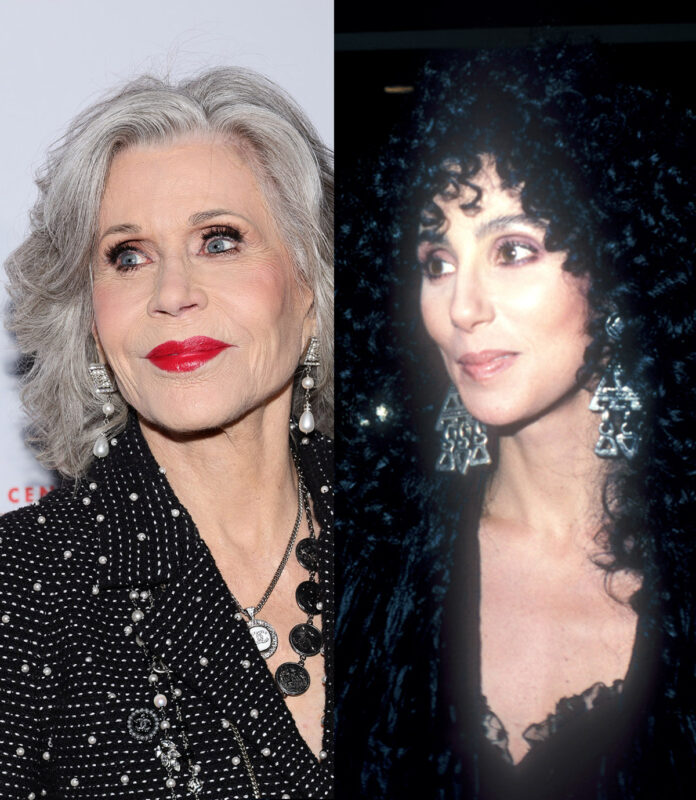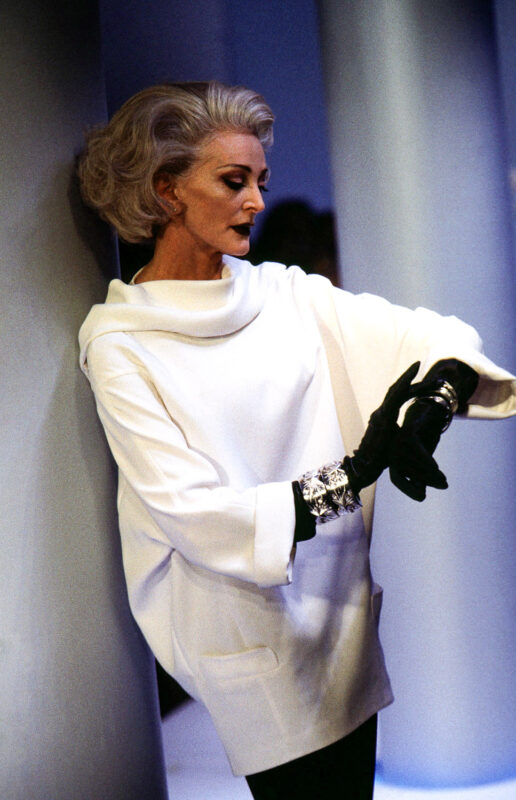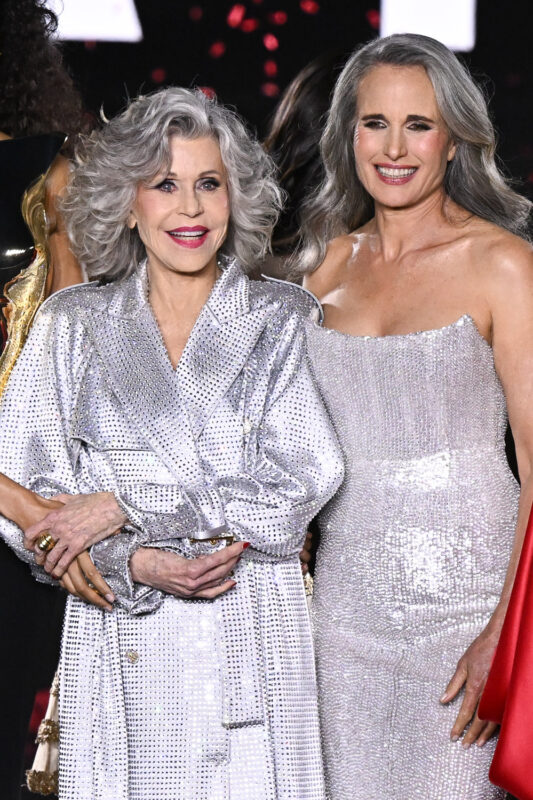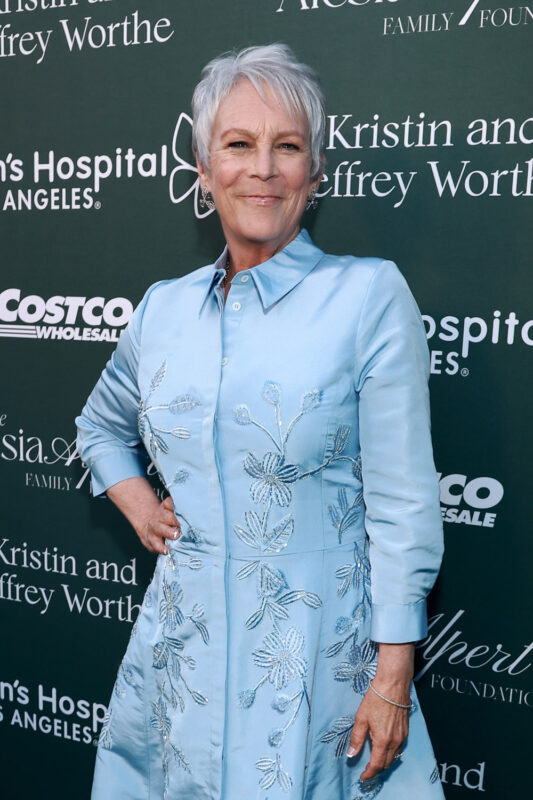
Tress management
To Gray or Not to Gray?
Is the silver vixen look—hot in Hollywood right now—for everyone?
When the movie Moonstruck came out in 1987, Cher’s character’s change from mousy to stunning was largely due to her decision to cover her gray, as it symbolized her choice to move from playing-it-safe to fiery-passion—which also inspired the salon term “Moonstruck Makeover.”
Now, by contrast, we’re inundated with celebrities bragging about their decision to do the opposite, with the current trend—to “go gray”—supposedly freeing women of the tyranny of hair appointments. Andie MacDowell let her roots grow out during lockdown, and her kids “kept telling me I looked badass with my gray hair.” (Beauty advice from kids? No.) Jamie Lee Curtis said she found the process of coloring her hair “humiliating.” (Really? What salon was this?)
Jane Fonda said, “Enough already with so much time wasted, so much money spent, so many chemicals.” When Fonda debuted her silver locks at the Oscars in 2020, it was after a seven-hour process (involving time, money and chemicals) to get her hair to the precise icy shade. But the expectation that you will grow out your gray hair, and it will magically turn out to be the right texture and a beautiful color is perhaps the most unreasonable beauty standard of all.
“It’s not easy to remove hair color,” explains the renowned “King of Color,” Louis Licari. “It has to be stripped, which is very damaging, and your hair will be yellow. Then you need a toner to make it gray, and you’ll be at the salon every two weeks, because it fades.” Another hair colorist told me about clients who arrive for their regular single process appointment to say, “‘I want to go gray, but I need to be back at my office by one o’clock.’ They don’t realize it can take maybe ten hours.”



The gorgeous 91-year-old model Carmen Dell’Orefice, whose hair started to go gray at 26 (people who go gray prematurely seem to have an edge in the looking-great-with-it sweepstakes), is striking because her hair is actually white, a close twin of platinum blonde. Judy Dench, Anderson Cooper, and Glenn Close all have stunningly white hair, as does Helen Mirren, who points out that the transition was “very easy because I was always a blonde.”
Truman Capote’s swans were always impeccably groomed, and the two who did choose to go gray did it (how else?) magnificently. Slim Keith’s hair was silver, and Babe Paley was more of an ash blonde, always a good choice for older women. Today’s socialites, however, aren’t having it—or at least not yet. Kris Jenner, the matriarch of the Kardashian family, is still a dark brunette (at 68) just like her daughters. The Miller sisters, who became Pia Getty, Princess Marie-Chantal of Greece, and Alexandra von Furstenberg, are a sea of blonde.
However, if you’re bound and determined to go gray, there are ways to make the process easier. “You could get the whitest highlights to start the transition,” advises Licari. “You could have a flair around your face.” And if you find yourself admiring the gorgeous salt and pepper in various women and men, they’re likely visiting a salon for lowlights to add more strategically placed pepper against the advancing salt.
My mother was a natural brunette but started dying her hair blonde in the 1940s, and continued doing so, to great effect, until her death at 92. “Nature,” she often said, “isn’t always right.”
Hero photo of Cher by Barry King/WireImage; Jane Fonda by Photo by Arturo Holmes/Getty Images



